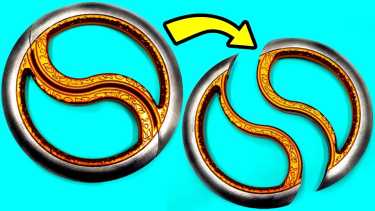Incredible Discoveries Found Underground That Changed History
Lots of amazing finds and discoveries are made every day, but some have the ability to change history and significantly alter human history.
HistoryUnderstanding ancient history is no easy feat, and although we might think we’ve got things all figured out one discovery can turn everything on its head. Let's investigate some incredible underground discoveries that have changed history.
10. King Tut’s Dagger
The discovery of King Tutankhamun’s pharaonic tomb by Howard Carter and George Herbert in 1922 is still one of the greatest feats in archeological history. The shockingly intact tomb hidden underneath the remains of workmen’s huts in Egypt’s Valley of the Kings triggered a frenzied interest dubbed ‘Egyptomania’ which saw greater archeological interest in the period as stories of ancient Egypt were adopted into popular culture.
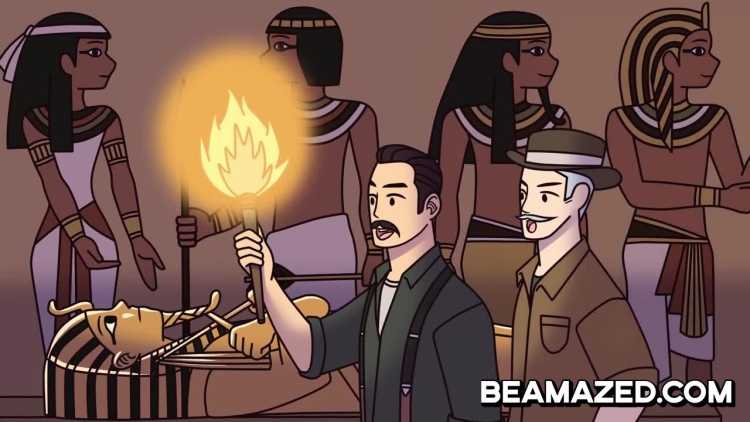
The tomb contained around 5,400 items including thousands of valuable antiques which took nearly a decade to catalog, one of which was a small ornate dagger belonging to the king. The iron dagger – which was buried with the mummy himself – baffled researchers as ironwork was incredibly rare in Egypt 3,300 years ago and the blade had barely even rusted.
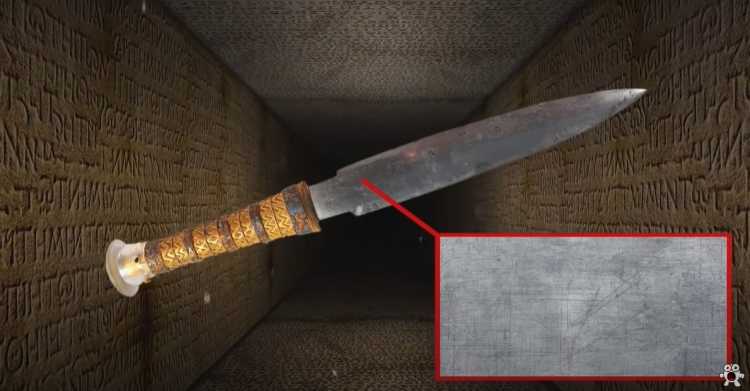
In 2016, technological advancements allowed re-examination on the object to take place using an X-Ray fluorescence spectrometer which revealed that the metal used was of ‘extra-terrestrial origin’. High levels of cobalt and nickel matched those of known meteorites recovered from the dead sea and were similar to traces in other Egyptian iron artifacts tested in 2013.

The results indicated that Stone Age artisans were far more advanced than previously thought as metalworkers likely sought out meteorites to smelt down into iron nearly 2,000 years before iron-ore technology became widespread during the iron age.
9. The Piltdown Man
This discovery is incredible, for all the wrong reasons. In 1912 an amateur archeologist named Charles Dawson found something with the potential to re-write our understanding of human evolution.
After uncovering a human-like skull fragment in gravel pits near Piltdown village in Sussex, Dawson contacted Arthur Smith Woodward – a former keeper of Geology at the Natural History Museum – and the pair began digging in the area.
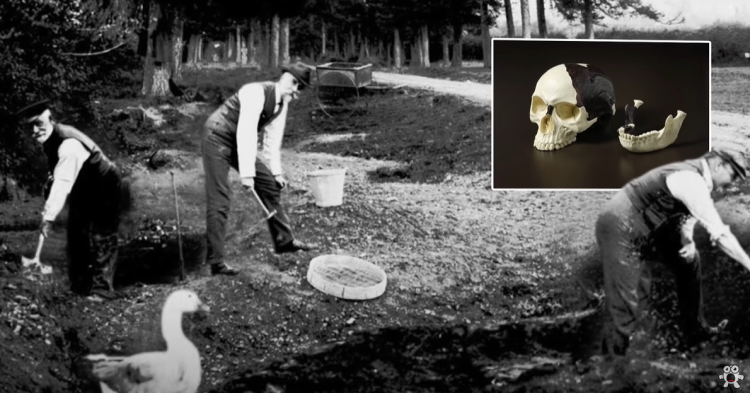
A set of teeth, a jawbone and more bone fragments alongside primitive tools were soon unearthed which paleontologists announced as evidence of an unheard-of proto-human species.
At the time the evidence for the correct notion that humans evolved in Africa was mounting, and the nicknamed ‘Piltdown Man’ offered a convenient and feasible alternative for members of the British scientific community who denied their African origins.
By the 1930s, further remains of the early ‘homo Erectus species had been discovered in Africa and Dawson’s discovery became a strange outlier – but belief in the Piltdown Man continued.
Eventually, in 1949, new scientific technology allowed the remains to be re-examined and the skull was found to be just 600 years old and deliberately ‘aged’ with paint, while the teeth and jawbone belonged to an orangutan or chimp which had been filed down.

What seemed like proof that Europeans evolved differently was actually an elaborate scientific hoax which only damaged history by delaying further research into African evolution for four decades.
8. Domesticated Cats
It may not seem particularly important, but the question of how animals like cats and dogs became domesticated over time has puzzled researchers for decades. The earliest evidence of domestic cats previously existed in depictions from ancient Egyptian art reaching back around 4000 years, but a new discovery in China in 2001 furthered our understanding of feline companionship.

Archeologists found cat-like remains in the northern province of Shaanxi which dates back almost 5,500 years to 3,500BC, suggesting that domestication happened on its own in Asia. Scientists examined the mandibles of five cats found in the area which belonged to a distant relation of the western wildcat known as the leopard cat.
As the remains were outside of the usual range for wildcats, research concluded that the felines were attracted to agricultural regions where rodents were prolific in settlements with large grain stores.

This new evidence debunked the notion that the earliest cats were domesticated in ancient Egypt and gradually spread to Asia and other continents. In fact, these cats seemingly domesticated themselves as they began developing a closeness to human farmworkers due to their mutually beneficial relationship… and the rest is history!
7. King Richard III
Despite being kept alive through English folklore the burial site of England’s maniacal child-murdering King Richard III had long remained a mystery, with popular accounts even claiming that his body had been dug up and thrown into the river Soar sometime in the 16th century. In summer 2012, though, a team from Leicester University led an archeological expedition to find the king’s final resting place.

Using historical maps, they located the grounds of the lost Greyfriars Friary Church – now beneath Leicester City Council car park – where they believed Richard to be buried and began the dig.
Just over 6 hours in they discovered a human leg bone which would eventually lead them to the complete battle-worn remains of King Richard III – although he was not officially identified until 6 months later.
The remains were compared to historical accounts of the king’s age, size and build, while radiocarbon dating confirmed his date of death, and finally, mitochondrial DNA was matched to surviving descendants in the bloodline.
The find was instrumental in debunking myths surrounding Richard’s death which had been accepted as fact – one thing did ring true though; scoliosis curvature of the spine showed that his popular portrayal as a hunchback wasn’t entirely fictional.
6. The Victoria Cave
This cave in the Yorkshire Dales might look unsuspecting, but it’s now known as an underground cavern that changed history. In Spring 1837 Michael Horner followed his dog into a small opening while out on a walk in the Dales which lead him into a cave littered with Roman objects.
After returning a few weeks later with his employer Joseph Jackson the men discovered a large chamber which became the site of several amateur digs by Jackson over the following 3 years. By 1840 he had found so much evidence that he contacted an expert in Roman history named Charles Roach Smith when the pair made the incredible discovery of a hyena’s jawbone.
The cave sparked a sudden Victorian fascination with human and animal history, and over the next 30 years, it yielded remains of exotic animals like hippos, rhinos, elephants and spotted hyenas who lived in the Dales over 130,000 years ago when the climate was significantly warmer.
In 1870, Charles Darwin even visited the Victoria Cave in search of evidence to support his theory of evolution. Another layer of bone dating from the end of the Ice Age around 15,000 years ago contained a lance point which is now the earliest evidence that humans reached northern England after the glaciers had melted – making this one serious treasure-trove.
5. Doomsday Fossils
It’s hard to imagine exactly what happened on that fateful day 66 million years ago when a giant asteroid smashed into Earth off the coast of modern-day Mexico wiping out all life and making way for us humans.
Thankfully, a well-preserved fossil site discovered by 12 scientists in North Dakota in 2012 seems to reveal more than we previously knew about the events of the dinosaur extinction.

The remarkable trove consists of a tangle of fossilized plant life, long-extinct freshwater fish and animal remains entombed in rock and sediment. This mass-dumping supports the notion that when the meteor hit – creating a giant crater known as the Chicxulub – the impact swept sea creatures inland in a matter of hours or even minutes as earthquakes and tsunamis tore through thousands of miles.
As tiny spheres of clay and glass known as tektites showered from the sky in the form of molten rock, the Earth was warmed to impossibly high temperatures, killing land-dwelling creatures.
As the impact emptied rivers and lakes tektites raining into the surges of water also clogged the gills of fish, which could even be identified within 50% of the fossilized remains.

This fossil bed offers the best snapshot of the immediate ramifications of the Chicxulub, advancing scientific understanding of the events as they happened. Dinosaur remains also found in the deposit make this the first site to clearly associate the cosmic blow with the instant end of the dinosaur age.
4. Finding Homer’s Troy
Homer’s The Iliad is one of the great Greek epic poems detailing the decade-long siege of the city of Troy and the ensuing Trojan War, but throughout the ages, the existence of such a place had been widely disputed.
That is until German archeologist Heinrich Schliemann set out to discover the truth behind the fictional city from 1870 to 1890 when he remarkably uncovered the potential site of the epic battle in Hisarlik in Turkey.
What was essentially a mound 30-feet-or-so high surrounded by stone structures was believed to be the long-lost city from The Iliad, but accurate dating later revealed that Schliemann had actually dug through his beloved Troy to uncover a city some 1000 years older.

As it turned out, there were actually 9 ‘Troys’ which had been demolished and rebuilt at the same site between 3000BC to around 500BC, and Schliemann had unknowingly destroyed most of the later evidence including The Iliad’s fabled King Priam’s City.

In the 1990s, further excavations by archeologist Manfred Korfmann also revealed that the lower city was far bigger than previously imagined – covering more than 75 acres – and researchers eventually concluded that the city detailed by Homer was likely a hybrid of Troy VI and Troy VIIa.
3. The Mask of Agamemnon
Troy wasn’t the only discovery Henrich Schliemann made which wasn’t entirely accurate. After proving the existence of Homer’s ancient city, Schliemann set out to uncover more historic truths at the Greek archeological site of Mycenae from 1874 to 1876.
It was here that he made another life-changing discovery in the form of a stunning golden death mask which he immediately attributed to the mythical Greek ruler Agamemnon.
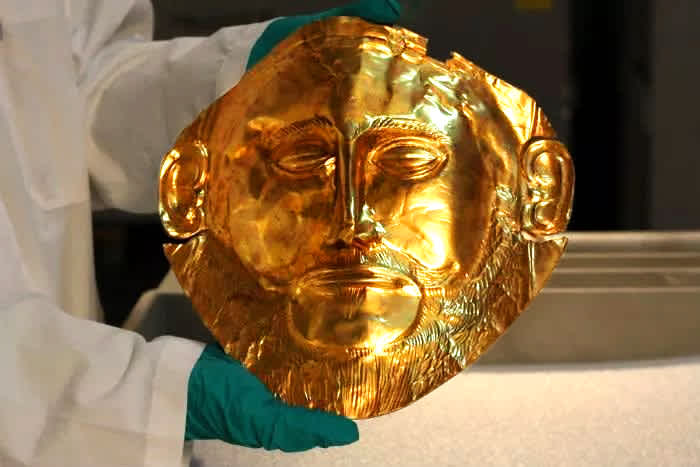
Besides appearing in The Iliad and its sequel The Odyssey as a fearsome king and warrior, Agamemnon was a popular character in Greek tragedies, and the death mask could prove he was as real as the city he lived in. Schliemann relied on the writings of a 2nd century AD traveler named Pausanias who detailed that the location of Agamemnon’s tomb was a now long-buried Bronze Age citadel.
Although the mask does resemble depictions of the fictional ruler, these underground graves actually predated the Trojan War by at least 300 years, meaning it belonged to a much older Mycenaean leader. Nevertheless, the name stuck, and Schliemann’s fascination with Homer’s stories had led to the discovery of a whole new chapter of ancient history…
2. Gobekli Tepe
In 1994, six miles from the ancient city of Urfa in south-eastern Turkey, archeologist Klaus Schmidt uncovered something which turned our view of human civilisation completely on its head.
The site – named Gobekli Tepe – yielded a collection of massive carved stones which dated back about 11,000 years to a prehistoric civilisation which hadn’t developed tools or even pottery yet. The largest pillars stand 16 feet and weigh up to 10 tons, and the notion that anyone could arrange them into a stable structure without proper tools baffled researchers.

Intricate rock carvings and totems predate the oldest signs of human writing from 3,300BC, and depictions of non-descript beings provide a glimpse into Stone Age ideas of the gods.
As the site contains no houses or farms, Schmidt had reason to believe that Gobekli Tepe is the oldest known temple on Earth, created sometime in the 10-8th millennia BC and predating Stonehenge by 6000 years. People from Egypt and Israel would travel to Gobekli Tepe to celebrate the mandate of the gods, making it a hugely significant location.

Human civilization was initially thought to have begun with agriculture, but as the first known farms weren’t made until 500 years later this discovery forces us to rethink our cultural beginnings.
1. WW2 German Bunker
Beneath the sandy dunes off the coast of the Dutch city of the Hague lies a network of Nazi bunkers stretching over 3000 miles from northern Norway to southern France built during WW2 as part of the German's ‘Atlantikwall’ defense plan.
For some time after the war, children would play in this forgotten underground world, but the bunkers were filled in with sand in the 1970s and buried – until Dutch authorities decided to dust off these relics to re-expose the past.
Some 870 bunkers were home to German soldiers who frequented the network of tunnels and structures ranging from wooden shower rooms to huge barrage bunkers.
Today around 470 bunkers can be found, and since 2008, one of the largest – requiring some 7500 cubic meters of concrete – has been uncovered from its sandy grave and fully restored to its 10-room, 3-story former state.
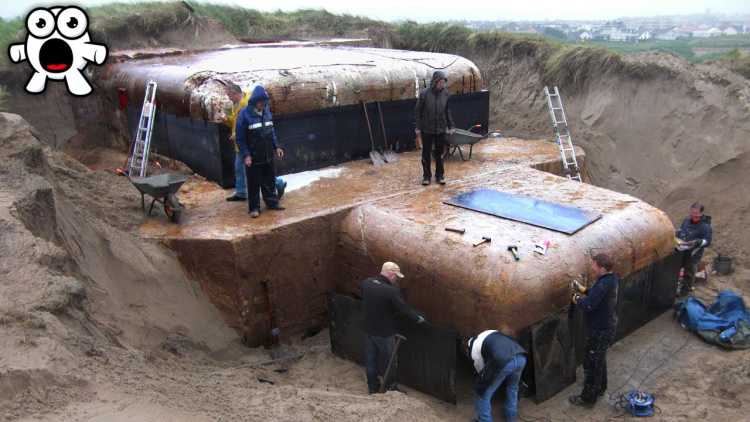
The excavated bunker was converted into the Atlantikwall Museum Noordwijk which now offers visitors a real-life glimpse into the horrors of life during the war. As The Hague has a reputation as a metropolis of peace and justice, the re-discovery of the bunkers acts as a reminder of the turmoil which once occurred there.
An archeological dig like this is a significant example of the scale of German military operations during the 1940s and helps heal lingering scars.






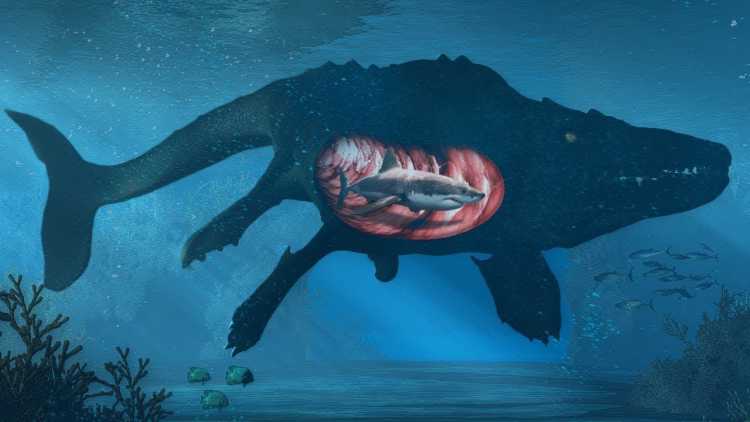






![Embarrassingly Dumb Ways People Died - Darwin Awards Winners [Part 14]](http://images.ctfassets.net/l031eph9pzsg/686De1sLP59fCNWLkbDwm5/4031ad820164610867ececf9513ce5ce/embarrassingly-dumb-ways-people-died---darwin-awards-winners-_part-14_.jpg?w=750&h=422&fl=progressive&q=50&fm=jpg)








